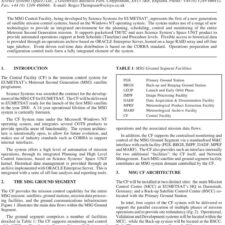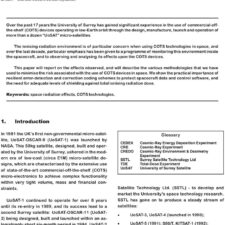Gravity Vector Changes Induce Alterations in Nervous and Testicular Cells in Cultures and in Testis Slices
£5.00
B. Uva; F. Strollo; F. Ricci; M. A. Masini (2008), JBIS, 61, 458-461
Refcode: 2008.61.458
Keywords: Gravity vector changes, nervous cells, testicular cells, testes
Abstract:
Cultured astrocytes, neurons and testicular cells (myoid, germ, Sertoli, Leydig cells) as well as rat testes and testes’slices, were subjected to modeled microgravity using a three dimensional Random Positioning Machine (10-6G) for 5min, 30min, 1h, 24h and 32h. Parallel cell cultures and tissues were submitted to hypergravity using an hyperfuge (2.5G) for the same period of time. At the end of the rotations the cultures and tissues were fixed, the tissue was sectioned (5 micron). All the specimens were processed for immunohistochemical identification of microtubules, mitochondria, 3 hydroxysteroid dehydrogenase, 17 hydroxysteroid dehydrogenase, caspase 7, heat shock proteins and identification of DNA fragmentation. At 5min at modeled microgravity and hypergravity, the histology of the cells in culture and the tissues was altered, microtubules and mitochondria were disorganized. Numerous cells underwent apoptosis. Immunostaining for enzymes involved in ion transmembrane transport, as Na+/K+ATPase and cotransporter proteins, and in steroidogenesis diminished or was abolished. At 1h in modeled microgravity or hypergravity, HSPs were expressed and ion transport enzymes as well as steroidogenic enzymes were again immunostainable. These data show that microgravity and hypergravity cause only transient alterations, and tissues and cells in cultures are able to adapt to different gravity conditions.





